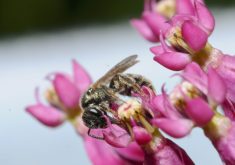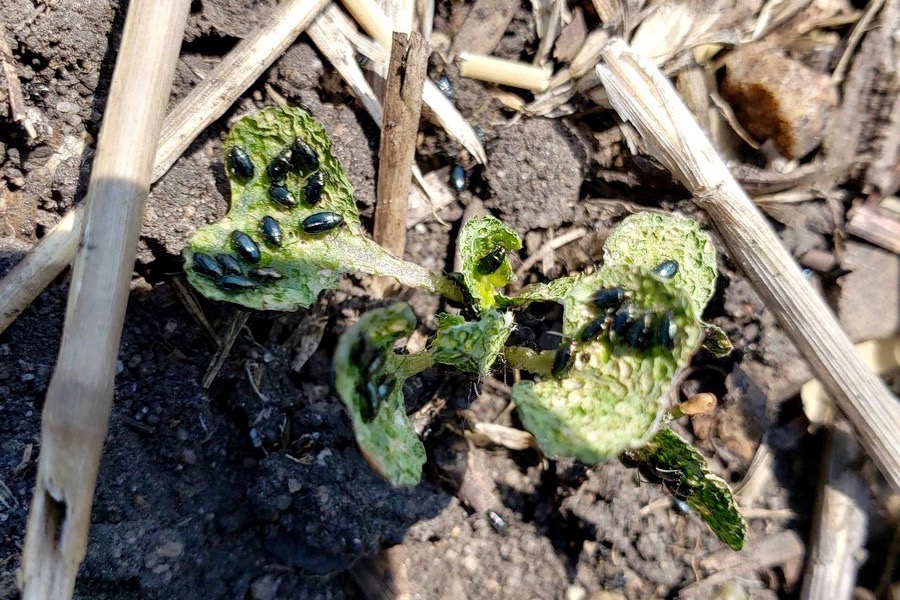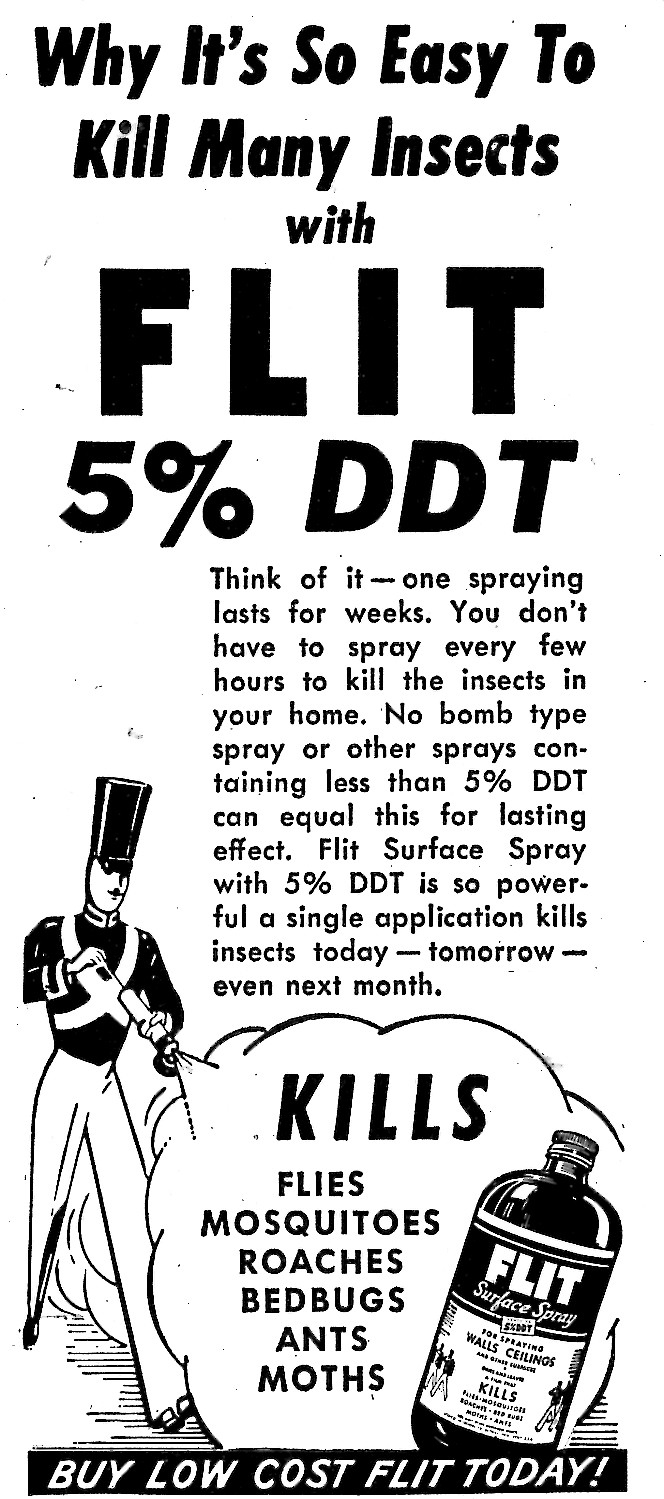While bee health has received a lot of attention in Canada in recent years, it’s not time to stop learning about them, says the head of the Canadian Honey Council.
Kevin Nixon, the organization’s president, told the Senate agriculture committee there’s still plenty to learn about bees and what’s causing overwintering losses and how various pesticides may affect their health. The committee is reviewing progress since it released its report on bees two years ago.
Nixon said the Pest Management Regulatory Agency and Health Canada have devoted considerable time and resources into studying these issues.
Read Also

Time to be honest about hemp, experts say
Years of hype have given way to a more realistic view of hemp. Farmers and processors say the crop’s future depends on solid agronomy, honesty.
The latest overwintering loss report indicates areas which were identified as high-loss areas due to claims of pesticides seem to have their losses greatly reduced, he noted.
“Whether or not the protective measures which were brought in had much to do with the changes in mortality is a big question,” he said.
Another plus for the industry was the formation of the national Bee Health Roundtable by Agriculture Canada, he said. It “has played a vital role in bringing together the stakeholders and allowed a forum for us to work collaboratively to identify areas of priority and identify gaps where we really need to focus efforts.”
The roundtable has worked with PMRA on accelerated registration for bee health products, he pointed out.
“There is currently one new product which has been identified to be expedited in order to get it to beekeepers to be used as soon as possible,” Nixon said. “The real problem right now is there are not many potential candidates for future registrations in the near term as a mite control for beekeepers.”
Best management practices for beekeepers is another area where the roundtable has been useful.
“By bringing together the stakeholders, we’re able to better understand each other’s needs,” he said. “Through better understanding, we’re able to work collaboratively to reduce pesticide exposure to bees, as well as develop a best management practices manual for beekeepers across the country.”
The manual should be a useful tool for new and hobby beekeepers, he added. “Even for longtime commercial beekeepers, it could be used as a training tool for employees.”
The Honey Council also appreciates the growing public interest and awareness of pollinator habitat, he said. The roundtable has worked on this issue as well and there should be “some results coming very soon from that.”
The PMRA has also been working to wrap up the review of neonic pesticides that only have conditional registration, he said. He expects to see the first of the three reports this December and the following two next December.
“The CHC understands conditional registrations have a time and place where they are needed to be used,” he said. “In some cases, it seems a conditional registration was in place longer than it maybe should have.”
The roundtable is also working to complete a bee health surveillance project. The study will be an important tool for the monitoring of emerging pests and diseases, as well as current pests and diseases.
“It may also play an important role when it comes to international trade, evaluating the stock we receive from our supply countries, as well as opening doors for us to send our stock to other countries,” Nixon said. “Without the data being collected and analyzed under an established protocol by an independent lab, there is not much hope of making progress in these areas.”
Meanwhile the council has developed a bee farm level biosecurity standard as an on-farm food safety program. It was rolled out to producers over this past year.
“The uptake has not been great so far,” Nixon said. “There are a few reasons for this. At this time, beekeepers feel they are not going to get paid any more for their product whether they adopt some of these practices or not. We are currently facing an extremely depressed market where we are competing with imported honey from countries that have no standards at all, so beekeepers question why.
“Another reason is in some areas there was no access to Growing Forward 2 funding, or it had run out of funds with certain programs to help producers adopt some of these changes and offset some costs.”















